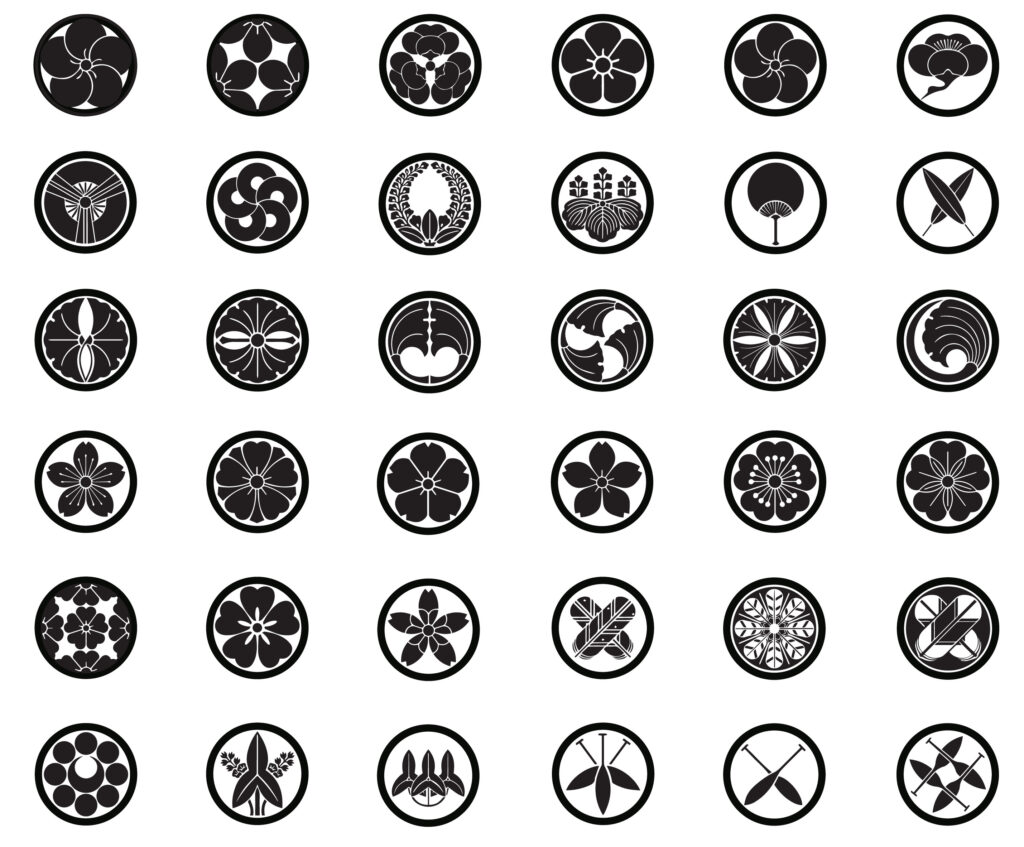Sipping Serenity in Silk – Kimono Experience at ALLU NYC: Chanoyu Week Closing Event

I was so happy to have the opportunity to assist Certified Kimono Master and Educator Emi Kikuchi of Kimono Experience during her presentation and kimono dressing demonstration at ALLU in NYC. Her presentation, the grand finale of the Chanoyu Week events curated by Tea Master Yoshitsugu Nagano, gave us a unique glimpse into the world of Chanoyu, exploring the profound connection between the tea ceremony and the timeless elegance of the kimono.
ALLUでのキモノエクスペリエンスの着物着付けの長沼静きもの学院の師範と講師である菊池恵美のプレゼンテーションと着物着付けデモンストレーションでお手伝いできてとても嬉しかったです。菊池さんのプレゼンテーションは、茶道マスター長野先生によってキュレーションされたChanoyu Weekイベントのグランドフィナーレであり、茶道と着物の時代を超えたエレガンスの深いつながりを探求しました。
Chanoyu Week, as per their website, aspires to infuse spiritual healing and enrichment into the vibrant tapestry of New York City. Guided by the principles of “和敬清寂 Wa Kei Sei Jaku” (harmony, respect, purity, and tranquility), this celebration of the Japanese tea ceremony strives to build a stronger community by embracing diverse genres, cultures, and ideologies.
Chanoyu Weekは、そのウェブサイトによれば、「和敬清寂(和、敬、清、寂)」の原則に従い、日本の茶道のセレブレーションを通じてニューヨーク市の鮮やかなタペストリーに精神的な癒しと豊かさを注入しようとしています。この日本の茶道のセレブレーションは、異なるジャンル、文化、イデオロギーを受け入れることによってより強力なコミュニティを築くことを目指しています。
Now, let’s delve into some of the highlights from her presentation:
さて、菊池さんのプレゼンテーションからいくつかのハイライトを見てみましょう:
Emi unraveled the rich history of tea ceremony, reflecting on and reminding us of its origins as a samurai pastime. The Meiji era marked a pivotal shift, bringing this tradition into high schools and introducing women to its intricate craft. Up until the Meiji Era kimono was still worn by many people, seamlessly weaving itself the very fabric of tea ceremony rituals, so to say. Keeping this in mind, if you were to step back in time, you may be surprised to see a more casual array of kimono worn amongst its participants. Emi revealed the evolution of today’s common kimono styles, born from the cultural landscape of the Taisho and Showa eras, creating a diverse array with distinct levels of formality and purpose.
菊池さんは茶道の豊かな歴史を紐解き、その起源を侍の娯楽として振り返りました。明治時代はこの伝統を高校にもたらし、女性をその複雑な工芸に導入しました。明治時代は、着物を日常着にしている人々が大勢いました、その結果、茶の湯の実践と着物が深く結びつくようになりました。したがって、時を遡ると、参加者の中でよりカジュアルな着物のアレンジが見られるかもしれません。菊池さんは、今日の一般的な着物のスタイルの進化を明らかにし、大正時代と昭和時代の文化的な風景から生まれた、異なるフォーマリティと目的を持つ多様なアレイを作り出しました。
Kimono, Emi explained, fall into two primary categories defining formality: woven (wool, hemp, cotton, unrefined) and dyed (refined silk). The latter, exquisitely crafted silk kimono, have become an integral part of contemporary tea ceremonies. Interestingly, the opposite is true for obi. Woven obi are considered to be more formal than dyed obi.
菊池さんによれば、着物は主にフォーマリティによって定義され、織り(ウール、麻、綿、または精錬されていない絹)と染め(精錬された絹)の2つの主要なカテゴリに分かれます。後者、精巧に作られた絹の着物は、現代の茶道の儀式の重要な部分となっています。(興味深いことに、帯では逆のことが言えます。織り帯の方が染め帯よりも格式が高いと考えられています。)
To summarize, Emi detailed the hierarchy of kimono for women in descending order of formality: kurotomesode (married women), irotomesode (married and unmarried), houmongi (married or unmarried), furisode (unmarried) tsukesage (married or unmarried), iromuji (married or unmarried) and komon (married or unmarried). She also introduced us to the hierarchy of kimono pairings for men: kuromontsuki + kurohaori + hakama, kimono + haori + hakama, kimono + hakama, kimono + haori and finally, only kimono. One important point that was actively discussed during the question and answer period was the role that family crests play in the formality of a kimono. A kimono with five family crests is the most formal, followed by three, and finally one.

要約すると、菊池さんは女性の着物のフォーマリティの降順に沿って次のように詳細に説明しました:黒留袖(既婚女性)、色留袖(既婚または未婚)、訪問着(既婚または未婚)、振袖(未婚)、付け下げ(既婚または未婚)、色無地(既婚または未婚)、小紋(既婚または未婚)。また、男性の着物のペアリングの階層も紹介しました:黒紋付き + 羽織 + 袴、着物 + 羽織 + 袴、着物 + 袴、着物+ 羽織り, そして着物のみ(着流し)のスタイルです。質問と回答の中で、活発に議論された重要な点の1つは、家紋(かもん)が着物の格式に、どのような役割を果たすかです。5つの家紋がある着物が、最も格式が高く、次に3つ、最後に1つの家紋があります。
In the comprehensive artistry of the tea ceremony, where the host’s heart goes into carefully curating every aspect of the environment in accordance with time honored rules and traditions, Emi emphasized the significance of choosing one’s kimono with thought and purpose. Attire should seamlessly blend with the event, avoiding flashy colors or patterns that might distract from the ceremony.
茶道の芸術では、ホストの心が時間を尊重したルールと伝統に従って環境のすべてを注意深くキュレートする中で、菊池さんは着物を選ぶことの重要性を思慮深く強調しました。衣装は儀式から注意を逸らさないよう、イベントとシームレスに調和するべきです。
For noteworthy events like Hatsugama, houmongi and furisode with a fukuro obi make a graceful statement. For lessons, monthly gatherings, and tea sessions with friends, tsukesage, iromuji, or edo komon are all considered appropriate choices.
初釜などの注目すべきイベントでは、付け下げか振袖に袋帯を合わせると優雅なステートメントができます。レッスン、月例の集まり、友達とのお茶会では、付け下げ、色無地、または江戸小紋がすべて適切な選択肢と考えられます。
Emi also emphasized the importance of seasonal considerations. Unlined (hitoe) kimono take the stage in warmer months (June and September), while lined (awase) kimono provide warmth (October – May). Ro kimono, or silk gauze kimono, is worn during July and August. Patterns should echo the upcoming season, a subtle nod – a harbinger – to the blooms on the horizon.
菊池さんは季節の考慮の重要性も強調しました。裏地のない(単衣)の着物は暖かい月(6月と9月)に適しており、裏地のある(合わせ)着物は暖かさを提供します。柄は次の季節を反映すべきであり、将来の花が咲く兆しとなるべきです。
Whether you’re a tea ceremony enthusiast or fascinated by the art of kimono, this presentation served as the perfect gateway, intricately connecting the two in a way that captivates and educates. Even as a kimono dresser, I found myself learning new and interesting things throughout the event!
茶道を愛好しているか、着物の芸術に興味を持っているかにかかわらず、このプレゼンテーションは、両者を巧妙に結びつけ、魅了し、教育する完璧なゲートウェイとして機能しました。着物着付けしとしても、イベント全体を通じて新しく面白いことを学んでいる自分がいました!
I encourage you to follow her website and instagram to learn more about her upcoming workshops, presentations and events:
https://kimono-experience.com
https://www.instagram.com/emi.kikuchi.kimonoexperienceny/
I encourage you to follow her website and instagram to learn more about her upcoming workshops, presentations and events:
https://kimono-experience.com
https://www.instagram.com/emi.kikuchi.kimonoexperienceny/
To learn more about tea ceremony, upcoming events or to begin your journey as a student, please visit Yoshitsugu Nagano’s website and instagram:
https://www.y-nagano.jp/
https://www.instagram.com/yoshitsugu_nagano/
Hair and Makeup by Hiroko Sacripante:
https://www.instagram.com/hirokosac/
Learn more about ALLU NY:
https://alluusa.com
https://www.instagram.com/allu_usa/
The following photos were provided by photographer: Hideki Aono

Emi Kikuchi (Presenter), Yoshitsugu Nagano (Coordinator), Masako Kaufman (Model), Maana Nakayama (Model), Me (Assistant)

Emi Kikuchi Dressing Masako Kaufman in Houmongi

Masako Kaufman, also a Tea Student, Explains the Use of Sukiyabukuro with Kimono

Maana Nakayama Wears an Intricate Furisode with Fukuro Obi

Masako Kaufman Modeling Her Beautiful Kimono Set

Emi Kikuchi Standing Next To Kurotomesode with 5 Crests

Maana Nakayama, Emi Kikuchi and Masako Kaufman Model their Kimono

Yoshitsugu Nagano, Masako Kaufman, Maana Nakayama, Emi Kikuchi

Yoshitsugu Nagano, Masako Kaufman, Maana Nakayama, Emi Kikuchi, Me